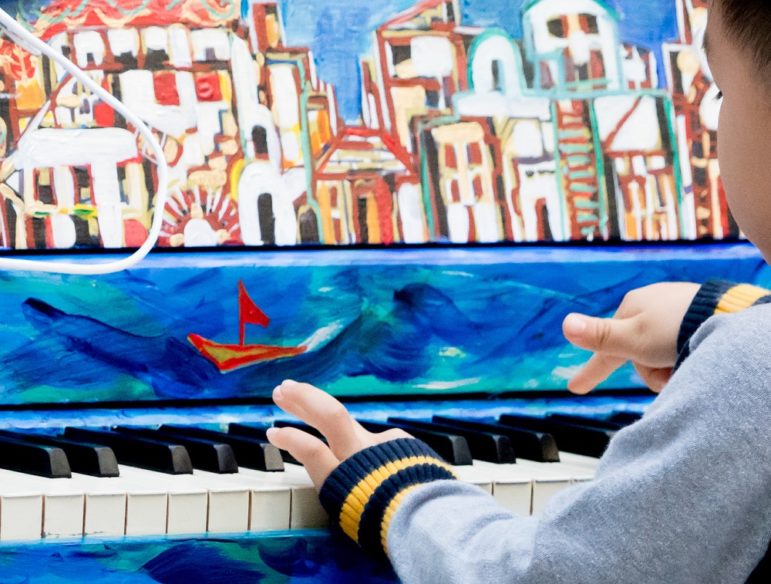
Victoria Pickering
'The findings prove what we've witnessed anecdotally for decades: the arts improve lives. It draws upon our most fundamentally human qualities such as creativity, discovery, and community.'
When cultural funding is cut, communities suffer in unexpected ways.
This is clear to those of us who have seen neighborhood theaters, art galleries and dance studios improve the well-being of young and old. Now, new research by the University of Pennsylvania has analyzed and quantified the positive social impact of New York’s cultural organizations.
The research shows that a concentration of cultural assets in a neighborhood correlates with improved quality of life in low-income areas as well as wealthy ones. Specifically, in neighborhoods like Harlem and Corona, Queens, cultural resources are linked to a 14 percent decrease in cases of child abuse and neglect, a 5 percent decrease in obesity, and an 18 percent decline in the serious crime rate.
The two-year study comes at a crucial time for nonprofits that are making their case to data-driven funders and policymakers. The federal budget proposal released March 16 would eliminate the National Endowments for the Arts and Humanities and the Institute for Museum and Library Services which last year granted $29.5 million to New York City alone. Federal cuts across other program areas—health, community development, education—will lead to State cuts. This could mean bad news for the City budget and the Department of Cultural Affairs.
“Communities with cultural resources do better,” Mark Stern, lead researcher of the project and professor of social welfare and history, told us.
What does this mean for philanthropy and city agencies? The study suggests that arts funding should be targeted to lower-income neighborhoods with fewer cultural assets as well as so-called “civic clusters” (lower-income neighborhoods with a density of cultural resources that exceed what economics would lead us to expect). As federal and state funding cuts start, the city and philanthropy may need to make hard but strategic choices to improve social wellbeing across the city.
The study, led by the Social Impact of the Arts Project at Penn’s School of Social Policy & Practice, was funded by the NYC Cultural Agenda Fund in The New York Community Trust and Surdna Foundation. Foundations already are backing projects that will make a difference. At the Trust, for example, we’re supporting the Brooklyn Arts Council’s efforts to coordinate cultural coalitions in Brownsville, Bushwick and East New York, along with the Greater Jamaica Development Corporation’s work to build cultural coalitions in Jamaica, South Bronx, east Brooklyn and upper Manhattan.
This month, we met with city officials and nonprofit leaders who agreed with the words of James Bartlett, executive director of the Museum of Contemporary African Diasporan Arts in Brooklyn: “The findings prove what we’ve witnessed anecdotally for decades: the arts improve lives. It draws upon our most fundamentally human qualities such as creativity, discovery, and community.”
Kerry McCarthy directs arts and historic preservation programs for The New York Community Trust.
* * * *
City Limits’ coverage of the intersection of art and policy is supported by the Laurie M. Tisch Illumination Fund. City Limits is solely responsible for the content.







